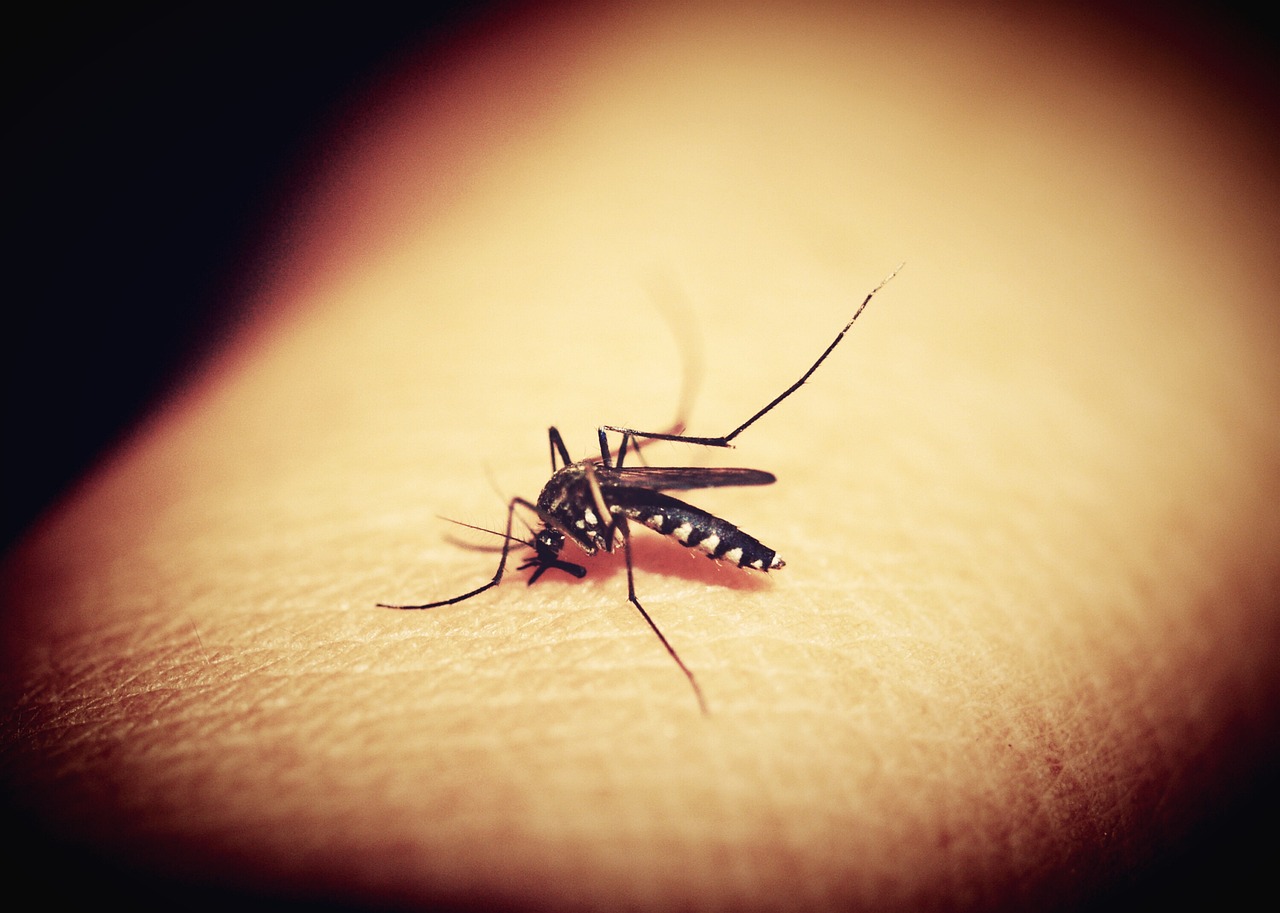The EU health agency ECDC warns of an increased risk of diseases transmitted by gnats, mosquitoes and midges due to changing climatic conditions.
The Asian tiger mosquito (Aedes albopictus), for example, a known vector of chikungunya and dengue viruses, among others, is spreading further north and west in Europe, the Stockholm-based agency said.
According to the report, the yellow fever mosquito (Aedes aegypti) was established in Cyprus last year and could spread to other European countries. It transmits dengue, yellow fever and Zika viruses, among others.
Added value through salary conversion: e-car subscriptions as a successful employee retention tool
The reason for the growing threat is climate change. Europe is getting warmer, heat waves and floods are becoming more frequent and severe, and summers are longer and warmer, the ECDC wrote. This creates more favourable conditions for invasive species such as Aedes albopictus and Aedes aegypti. Ten years ago, the Asian tiger mosquito was detected in eight countries in the European Economic Area (EEA); now it is 13, according to the report, which said the number of affected regions has almost tripled.
In recent years, a geographic spread of invasive Gelsen species into previously unaffected areas in the EU and EEA has been observed, said German ECDC Director Andrea Ammon. “If this continues, we can expect more cases and possibly deaths from diseases such as dengue, chikungunya and West Nile fever.” She said there needs to be a focus on controlling gnat populations, improving surveillance and enforcing personal protection measures.
The Asian tiger mosquito has been native to southern Europe for some time, and it has been spreading to central Europe for some time now. It can transmit dozens of viruses, including potentially deadly pathogens such as dengue, chikungunya and Zika. In Germany, there is no known case of such an infection. Still, in neighbouring countries, there are: In southern France, for example, Zika infections have been reported several times by tiger mosquitoes native to that country. Dengue infections have been reported in Madeira, Croatia and France. Chikungunya outbreaks have also occurred in the Mediterranean region.
According to the Austrian Agency for Health and Food Safety (AGES), about 50 different species of mosquitoes have been detected in Austria. For several years, special attention has been paid to the Asian bush mosquito and tiger mosquito using nationwide monitoring. In August 2011, the bush mosquito was detected for the first time in Austria – in southern Styria – and the same year, the West Nile virus was seen in a sample from Lower Austria in a domestic house mosquito (Culex pipiens). The tiger mosquito has also been detected in the meantime. “Especially in Vienna and Graz, this species occurs in large numbers, and it can be assumed that these populations will also overwinter here. In 2022, we have detected the Asian tiger mosquito in all provinces,” AGES experts said.
However, the risk of contracting West Nile fever in Austria is “currently still shallow,” they stress. Between 2010 and 2022, 55 domestically acquired cases have been confirmed, it said. It said the likely sites of infection are in Vienna, Lower Austria and Burgenland. So far, there have been no human deaths, according to the AGES website. Dengue virus infections are diagnosed 30 to 120 times yearly in this country, “invariably in travelers returning from endemic areas.”
(S E R V I C E – AGES information on dengue in Austria: https://go.apa.at/zzXtoAsW )
This post has already been read 5237 times!



